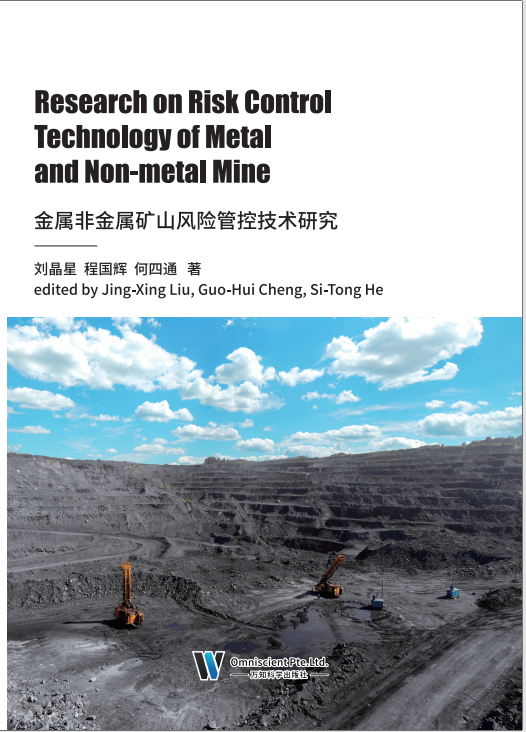
前 言
矿山安全风险分级管控体系的建设是在对生产过程中存在的风险因素进行全面辨识的基础上,确定风险可能导致的事故发生的可能性和后果的严重程度,进而确定风险大小和等级,落实管控层级,提出风险防控措施的过程。
通过探讨风险管控技术的过程,遵照国家相关金属非金属矿山风险事故隐患相关标准,协助企业实施金属非金属矿山风险隐患辨识与判定,并依据本区域企业风险类别,将应急预警、风险信息和应急救援机构装备配置信息整合,通过安全生产应急指挥平台信息实现数据共享,实施区域应急预警,有效遏制生产安全事故发生;科学应对突发事件,完善应急指挥平台支撑体系,提高中心应急响应及指挥决策水平。
通过对金属非金属矿山风险分级管控与应急信息管理的深入研究,将大幅提高矿山安全风险管控能力与应急指挥信息处理传递速度及智能预警水平。实现安全生产监督管理和应急管理工作的电子化,将使安全应急监管向信息科学化管理迈进。
本书结合实际对金属非金属矿山风险管控技术展开了详细的分析和研究,希望能够为相关工作的顺利开展提供参考,为我国矿山开采工作提供安全保障。
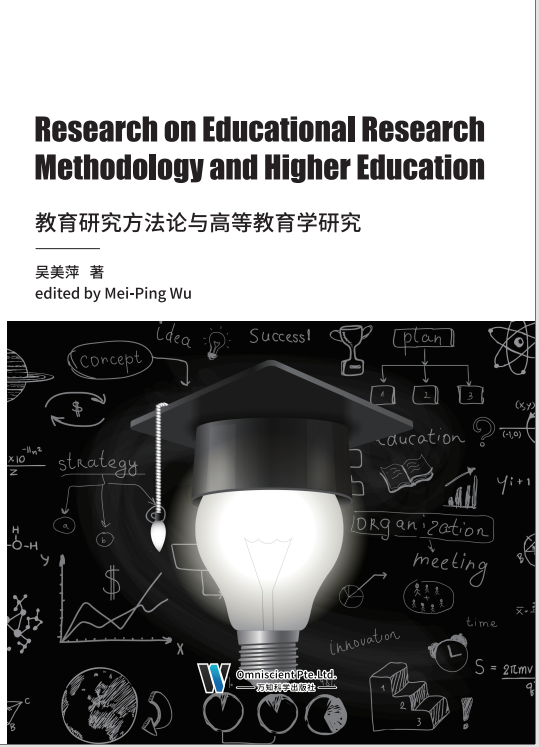
前 言
高等教育学是实践应用与学科理论兼具的一门教育新学科,它设立的目的是研究和探索怎样培养从事高等教育事业的人才,这一学科的学生普遍都有扎实的基础理论、创新能力与实践能力,而且功底较强。高等教育学作为新学科发展已较为普遍,同时它也推动着我国高等教育研究的发展,虽然国家因此涌现了一大批精英,但是仍然面临着许多问题。
自高等教育学作为一门学科面世以来,高等教育学的建设和发展一直在争议和关注中前行,特别是学术界关于高等教育学在研究过程中采取何种方法一直探讨中。当下高等教育学研究方法主要存在以下不足:一是高等教育学对传统教育学研究方法的
依附;二是多学科的研究方法学科界限模糊;三是以高等教育学自身为研究方法。相对于其他学科,高等教育学研究领域更为复杂,学科更具有特殊性,这导致高等教育学学科缺乏独创性,过于理想化。
本书主要对教育研究方法论与高等教育学进行研究。高等教育学学科建设存在问题的主要原因在于学术界对定性和定量研究方法的误读。在此基础上,总结出定性和定量研究方法在高等教育学中主要分为顺序结合、动态分析和一对多的研究方法,并且提出定性和定量研究方法在高等教育学研究方法中的展望。
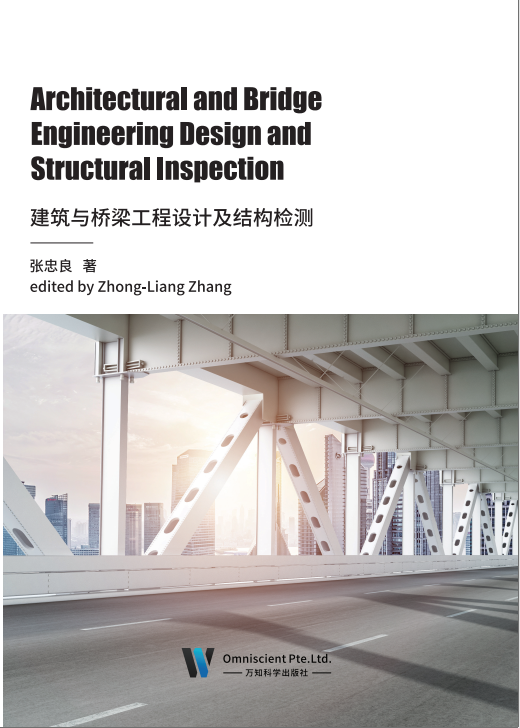
前 言
建筑结构的科学检测、加固是建筑工程质量安全保障体系中的一个重要组成部分。建筑结构检测、加固的设备在日益发展,这就要求检测、加固方法必须不断发展和创新。灵活地运用检测、加固方法,可以取得事半功倍的效果,加固施工重视施工监测,可以保证施工质量和施工安全。桥梁在施工和实际使用过程中,经常会遇到桥梁结构出现各种形式的裂痕及损坏。但是,由砖头、石头和混凝土结合构筑而成的桥梁结合物,由于砖头、石头、混凝土、砌体及加工材料的抗拉、抗压能力较弱,只要稍微受拉就会出现裂痕或损伤。
所以,对于我们常见的砖头、石头及混凝土混合物来说,产生裂缝的可能性是非常大的。就需要我们及时对桥梁结构进行裂缝检测,并及时进行桥梁加固处理。建筑工程的结构检测、加固对于保证建筑工程质量起到越来越重要的作用。随着建筑结构检测、加固技术的发展,对各种新结构、新材料的深入研究,检测、加固方法将不断推陈出新,更加方便、高效、准确,必将进一步促进建筑工程质量安全工作水平的提升。同时,应该积极地引进与桥梁检测以及加固处理相关的先进技术、设备,加大在人才培养方面的投入,只有这样,才能更好地保证桥梁的稳定运行,延长桥梁的使用寿命,推动我国经济的发展。
本书是一本探讨建筑与桥梁工程施工及结构检测的专著,首先,以建筑结构概论为入手点,详细介绍了建筑结构设计的相关内容;其次,分析了建筑结构试验现场检测技术、抗震与火灾结构检测鉴定与加固,以及建筑结构鉴定技术及实例;再次,从混凝土结构的耐久性设计、桥梁结构试验检测以及桥梁工程结构试验检测仪器设备三个方面认识桥梁结构;最后,本书深入探讨了结构检测在桥梁技术状况评定中的应用,希望可以为建筑与桥梁工程提供借鉴。
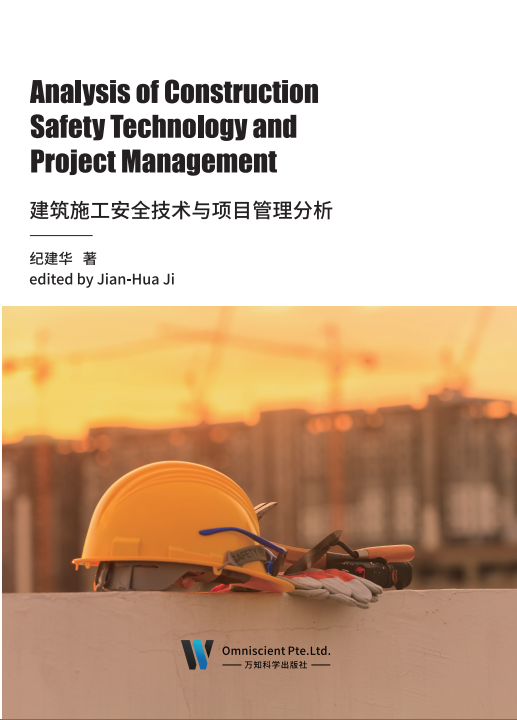
前 言
建筑施工安全管理的技术问题涉及面非常广,是一项复杂的系统工程。要做好施工安全管理工作必须充分考虑到“企业管理、施工组织、工艺工序方法、材料、机械及设备”的各个方面,这一切都与施工安全管理工作密切相关。以此为基础做到预治结合,按照定置管理的要求,采取卓有成效的安全管理技术,真正达到“标准化生产、高效生产、安全生产”的目标,从而有效地提高建筑施工安全管理水平。安全工作是建筑施工的重中之重,安全关系到施工作业人员以及整个项目的生命财产安全,落实安全责任制,推行安全文明施工,实现提高建筑施工安全水平和工程效益的目的。
建筑项目管理的目的是对施工过程中的各项要素进行合理优化的配置,并且实行动态管理,从而达到施工项目的合同进程及目标,以获得工程的最大经济、社会效益,建筑施工的项目管理是建筑业发展的一种战略性措施,关系着建筑行业的长远发展。施工项目是管理的对象,即管理某个建筑产品施工的全程。施工项目可以是针对一个建设项目进行的,也可以是建设项目中的一个单项或者一个单位地施工。近年来,建筑行业发展迅速,市场竞争越来越激烈,为了寻求长远发展,应该做好建筑的施工管理。本书是一本关于建筑施工安全技术与项目管理分析研究的专著,主要对建筑施工中的安全问题和项目管理两个方面进行探讨,通过对建筑施工安全技术的研究,以期提高相关人员的重视,为相关工作者提供参考。
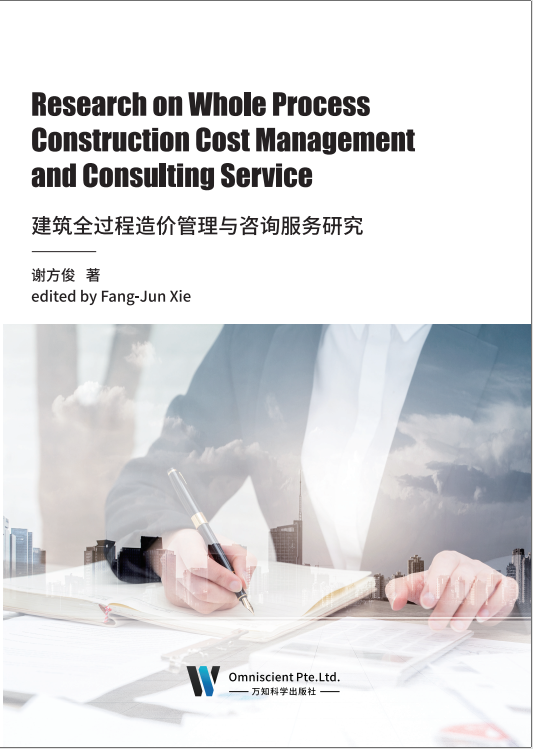
前 言
建筑工程一直以来都是高成本且高投入的项目,建筑施工企业不仅需要做好建设工作,还需完善建设整体的造价管理。建筑工程造价的工作主要是规划好工程所需的所有费用开支,对工程造价进行合理控制与企业利益息息相关,同时还可以在一定程度上节约社会的资源。
随着国民经济建设的蓬勃发展,建设项目的体量也越来越大。因此,对于项目的全过程造价管理则显得越发重要。而建设工程造价的有效控制主要在于项目实施前的投资决策和设计阶段。目前,我国的建设项目仍处于发展阶段,对于全过程造价控制管理,要在项目立项决策阶段、投资估算阶段、设计概算阶段、招投标阶段、施工阶段和结算阶段不脱节,有关部门和单位要特别注意对造价控制管理做到全面了解、合理确定、有效控制,提高效益的现实运用。
工程造价咨询单位的主要职责是提供科学项目决策与咨询服务,其中造价咨询服务针对项目发展需求,从决策、实施到竣工各阶段各环节,可以实现全过程监督和控制。
本书主要对建筑全过程造价管理与咨询服务进行研究,结合实际,从管理与咨询两大方向面分别对建筑全过程造价展开了详细的探讨与研究,希望能为相关领域工作者提供宝贵的经验和借鉴,更好地促进我国建筑业的发展,并为此而不懈的努力。